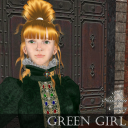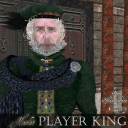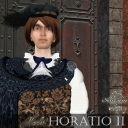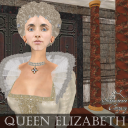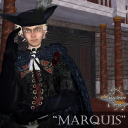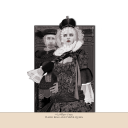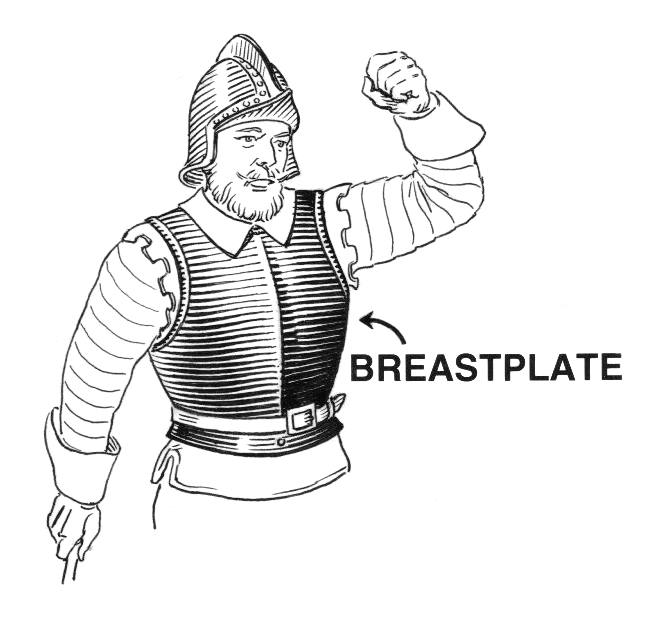Posted in clothing ...
Earl of Clifford
December 11th, 2007 by torinGeorge Clifford, Earl of Cumberland, favorite of Elizabeth, painted in the guise of a knight by Hilliard, Nicholas from the Web Gallery of Art circa 1590 mixed media on parchment, from the National Maritime Museum, Greenwich
http://www.wga.hu/frames-e.html?/bio/h/holbein/hans_y/biograph.html
Ok, this is a new medium for me, so bear with me. Sorry for the small image size, please check out the Web Gallery of Art for the full size image. What is important about this depiction of a highly regarded nobleman are the allusions to Sun King Status (remember all the ornate French noblemen dress this way in the Sun King ballets)
“Nicholas Hilliard, a goldsmith and miniaturist, is one of the lesser known yet highly important artists of early Baroque. His unique achievement lies in his creation of a type of courtly portraiture unparalleled in European painting at the time. By his own admission, he was influenced by Hans Holbein, that peerless master of the portrait miniature, for whom Hilliard expressed his unreserved admiration in his writings. However, Hilliard’s sophisticated and finely executed miniatures have little in common with the work of his German forerunner, apart from their mastery of fine technique and certain aesthetic principles such as the avoidance of chiaroscuro and strong modelling. These are features of an absolutely aristocratic stance in keeping with the attitudes displayed by the very people he painted.
Hilliard’s portrait of George Clifford, Earl of Cumberland, from c. 1590, is a full-figure portrait, which is quite rare, and it is one of this artist’s most complex works. This successful naval leader was a favourite of Elizabeth I and his feathered hat also bears the Queen’s glove as a mark of distinction which adds the finishing touch to his courtly apparel in the guise of a knight. ”

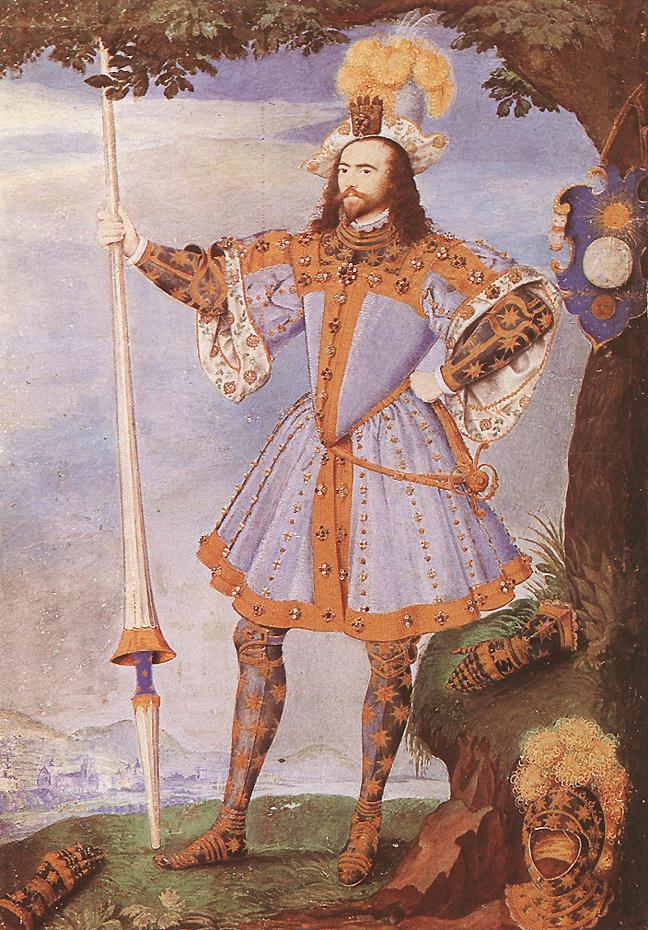








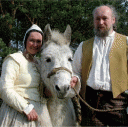

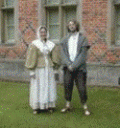





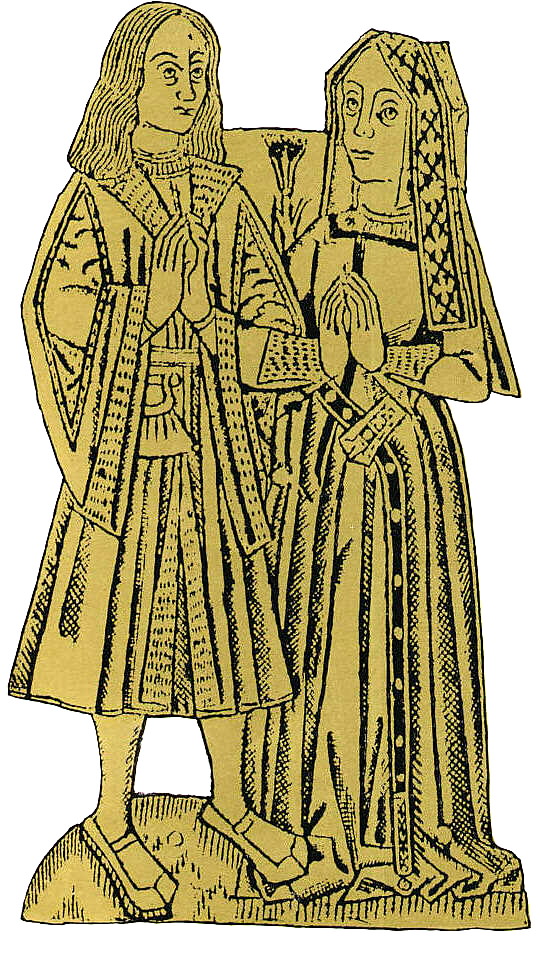
 This is a picture of the poet,
This is a picture of the poet,  This is an unfinished miniature of
This is an unfinished miniature of 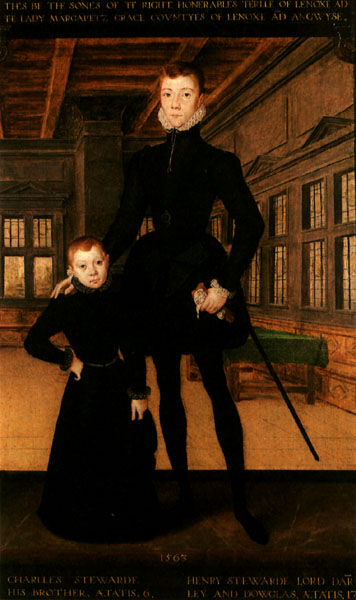 This is
This is 


 Francisco
Francisco  Barnardo
Barnardo  Marcellus
Marcellus  Horatio
Horatio 